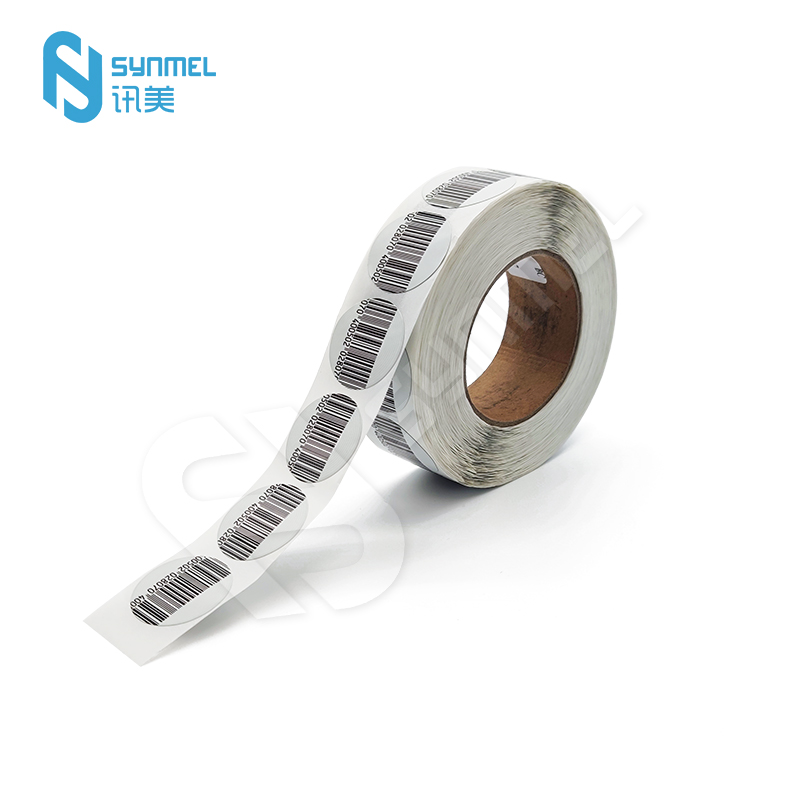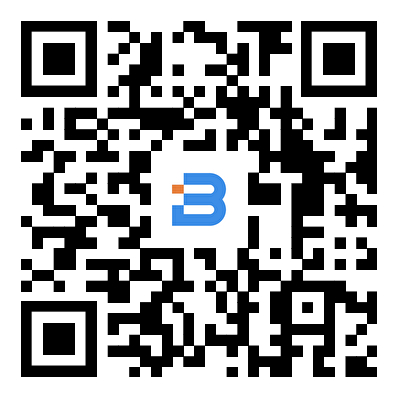RF Soft Labels: A Game-Changer in Retail and Inventory Management
2025-03-11
In today’s fast-paced retail environment, businesses are continuously seeking innovative solutions to streamline their operations and improve customer experience. One such innovation that is revolutionizing inventory management and retail security is the RF soft label. These labels, which combine the benefits of Radio Frequency (RF) technology with flexible, soft materials, are becoming an essential tool for retailers looking to enhance their operations. In this blog, we will explore what RF soft labels are, how they work, and the advantages they offer.
What Are RF Soft Labels?
RF soft labels are a type of security label that uses Radio Frequency Identification (RFID) technology to enable a variety of functions such as inventory tracking, theft prevention, and product identification. These labels are typically made of flexible materials, which allow them to be easily attached to a variety of products, including clothing, electronics, and even food items. Unlike traditional hard tags, RF soft labels are lightweight and discreet, making them ideal for use in environments where aesthetics and comfort are important.
The key feature of RF soft labels is their ability to interact with an RF reader to provide real-time information about the product’s location, status, and other relevant data. They function similarly to RFID tags but are specifically designed to be more adaptable to a range of products, offering both security and convenience.
How Do RF Soft Labels Work?
RF soft labels work by embedding an RFID chip and antenna into a flexible material, which can be easily attached to or embedded in the product. When an RF reader emits a signal, the antenna in the label picks up the radio waves and transmits data from the chip back to the reader. This process allows the label to transmit information about the product, such as its unique identifier, price, or inventory status.
RF soft labels typically operate within a certain frequency range (usually 13.56 MHz or 915 MHz), which allows them to be read from a distance. The RF system is usually integrated into a broader retail system that includes inventory management software, anti-theft systems, and point-of-sale systems, enabling businesses to track and manage their products efficiently.
Advantages of RF Soft Labels
RF soft labels offer several benefits to retailers, manufacturers, and consumers alike. Here are some of the key advantages:
1. Enhanced Security
One of the primary reasons retailers adopt RF soft labels is for theft prevention. These labels are part of an integrated anti-theft system, which triggers an alarm if a product with an RF soft label is taken past a security gate without being deactivated or removed at the point of sale. The RF technology allows for greater detection accuracy, reducing the risk of shoplifting and increasing security within stores.
2. Improved Inventory Management
RF soft labels play a significant role in improving inventory management. By providing real-time tracking of products, businesses can monitor their stock levels, reduce instances of out-of-stock products, and prevent overstocking. Since the RF soft labels can be read remotely, employees no longer need to manually scan barcodes or perform stocktakes, saving valuable time and reducing the likelihood of human error.
3. Cost-Effective and Efficient
While RFID technology has been traditionally associated with higher costs, RF soft labels offer a more affordable and flexible alternative. Their lightweight, soft material reduces manufacturing costs compared to traditional hard RFID tags. Additionally, the efficiency of automatic inventory tracking and security systems can result in significant long-term savings, reducing the need for manual labor and decreasing loss due to theft.
4. Seamless Integration into Retail Environments
RF soft labels are designed to integrate seamlessly into retail environments, offering minimal disruption to the customer experience. Their discreet, flexible design makes them ideal for fashion and apparel stores, where aesthetics and comfort are key considerations. Soft labels can be easily attached to clothing without compromising the product’s look or feel, providing a more seamless experience for consumers.
5. Data Collection and Analytics
RF soft labels are not just used for security and inventory management—they also provide valuable data insights. Retailers can use the data collected from RF readers to analyze product movement patterns, customer behavior, and inventory turnover. This data can be used to optimize store layouts, improve stocking decisions, and offer personalized promotions to customers, ultimately enhancing the overall shopping experience.
6. Environmental Sustainability
With the growing emphasis on sustainability, RF soft labels offer an eco-friendly solution compared to traditional plastic tags. Many RF soft labels are made from recyclable or biodegradable materials, making them a more sustainable choice for businesses looking to reduce their environmental footprint. Additionally, the durability and reusability of the labels help reduce waste in the long term.
Applications of RF Soft Labels
RF soft labels are increasingly being used in a variety of industries, thanks to their versatility and effectiveness. Some of the most common applications include:
1. Retail and Apparel
RF soft labels are widely used in retail, particularly in the apparel sector. They provide an effective means of security, inventory management, and product tracking, all while being lightweight and unobtrusive. Clothing retailers use RF soft labels to track products in real-time, ensuring that popular items are always in stock and reducing the likelihood of theft.
2. Electronics and Consumer Goods
In the electronics and consumer goods sectors, RF soft labels are often used to protect high-value items such as smartphones, tablets, and laptops. These products are particularly susceptible to theft, and the RF soft labels provide an added layer of security without affecting the product's usability or aesthetic appeal.
3. Food and Pharmaceuticals
RF soft labels are also making their way into the food and pharmaceutical industries. With their ability to store and transmit detailed product information, RF soft labels can be used to track expiration dates, batch numbers, and other important details. This helps ensure product quality and safety, as well as compliance with regulatory standards.
4. Libraries and Document Management
Another emerging use of RF soft labels is in libraries and document management systems. By embedding RF soft labels in books, documents, and files, institutions can track the movement and usage of materials, ensuring they are not lost or misplaced. The technology can also speed up the check-in and check-out process, enhancing overall efficiency.
Conclusion
RF soft labels are changing the way businesses approach inventory management, product security, and customer experience. With their flexibility, ease of use, and cost-effectiveness, these labels provide a powerful tool for retailers and manufacturers looking to streamline their operations and improve their bottom line. As the technology continues to evolve, we can expect RF soft labels to play an even more prominent role in the retail and manufacturing sectors, driving further innovation and efficiencies in the way products are tracked, sold, and managed.



